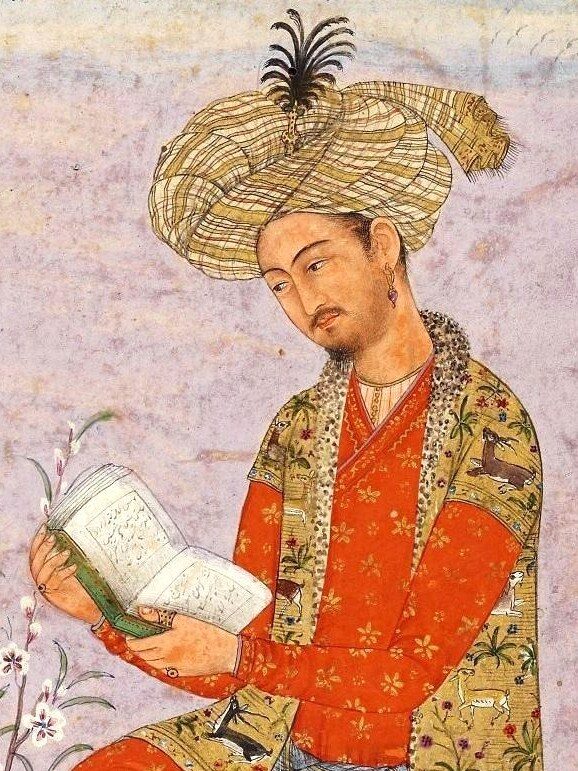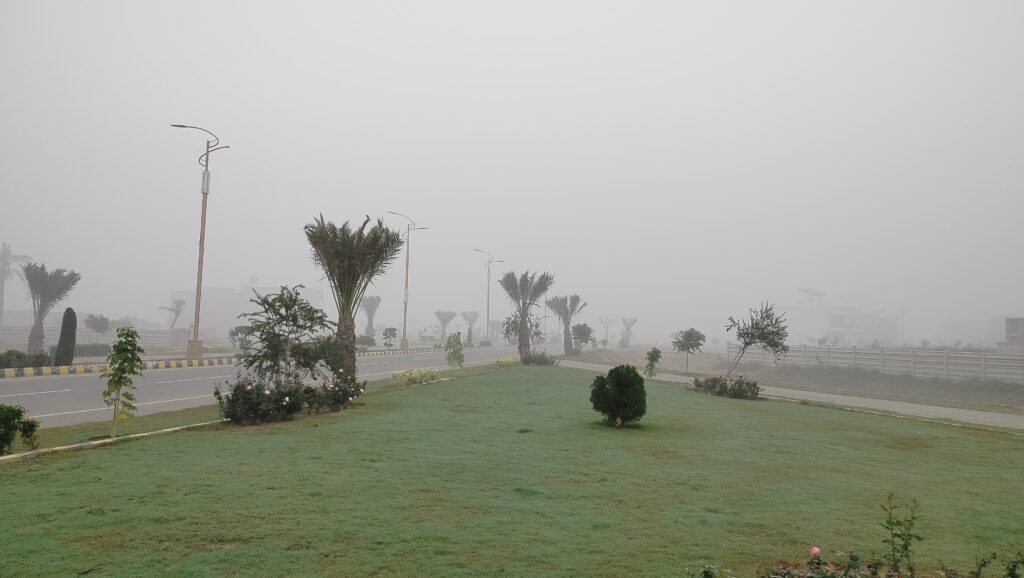The Mughal Empire, a prominent and powerful dynasty in Indian history, ruled vast territories in the Indian subcontinent from the early 16th to the mid-18th century. Known for its administrative sophistication, cultural integration, and architectural grandeur, the Mughals left an indelible mark on India’s history. Below is an overview of the Mughal Empire’s history:

Foundation of the Mughal Empire
The Mughal Sultanate was a powerful and culturally rich dynasty that ruled most of the subcontinent from the early 16th century to the mid-19th century.
The Mughal Empire was founded by Babur in 1526 after his victory at the Battle of Panipat against Ibrahim Lodi, the last ruler of the Delhi Sultanate.
Babur’s Background: Babur was descended from Timur on his father’s side and Genghis Khan on his mother’s side. He brought a unique blend of Persian, Turkish, and Mongol traditions.

Expansion and Consolidation
Here are some Mughal emperors who expanded and consolidated the Mughal Empire




Humayun (1530–1556)
- Babur’s son, Humayun, faced challenges from Afghan and Rajput rulers.
- He was defeated by Sher Shah Suri and exiled but later regained the throne with Persian assistance.
Akbar (1556–1605)
- Akbar, considered the greatest Mughal ruler, expanded the empire significantly.
- Known for his administrative reforms, religious tolerance, and efforts to integrate Indian and Mughal cultures.
- He abolished the jizya tax on non-Muslims and promoted the Din-i-Ilahi, a syncretic religion aimed at fostering unity.
Jahangir (1605–1627)
- Akbar’s son, Jahangir, focused on art and culture.
- The Mughal court became renowned for its exquisite paintings and architecture.
- His reign also saw the arrival of European traders, including the British East India Company.
Shah Jahan (1628–1658)
- Shah Jahan is remembered for the Taj Mahal, built in memory of his wife Mumtaz Mahal.
- His reign marked the peak of Mughal architectural achievements, including the construction of the Red Fort in Delhi.
Decline of the Mughal Empire
- After death of Aurangzeb in 1707, the empire weakened due to:
- Internal conflicts and succession disputes.
- Economic difficulties caused by continuous warfare.
- The rise of regional powers like the Marathas, Sikhs, and Rajputs.
- Invasions by foreign rulers such as Nadir Shah of Persia and Ahmad Shah Durrani.
- By the mid-18th century, the Mughal Empire became a shadow of its former self, reduced to a nominal authority centered around Delhi.
End of the Mughal Empire
- The empire effectively ended in 1857 after the Indian Rebellion (First War of Independence).
- The last Mughal emperor, Bahadur Shah II (Bahadur Shah Zafar), was deposed by the British, marking the official end of Mughal rule.
- The British Raj was established, bringing India under direct colonial rule.


